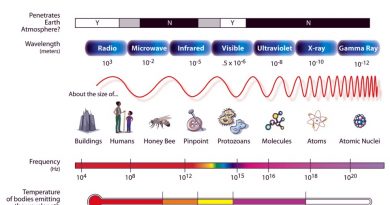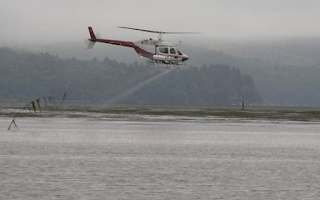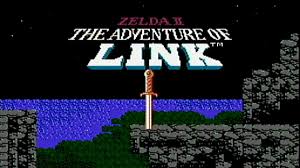The Green New Deal and Publicly Owned Fiber-Optic Networks
Authors: Atul Deshmane and Jon Humphrey
There is no doubt that America needs real infrastructure improvements, and that they should come in the form of large scale updates that help improve the environment as well. This is a large part of what the Green New Deal proposes, but as with most ideas in our culture the lack of understanding, and proper education, regarding technology is polluting this idea as well and keeping it from reaching its true potential.
The Green New Deal (GND) aims to address climate change and economic inequality, just like publicly-owned fiber-optic networks will as outlined in this Bellingham Public Fiber petition, but the need for broadband to be part of the Green New Deal doesn’t just end there. Recently the Green New Deal was discussed at an event held by Indivisible Bellingham, a fantastic organization that I am proud to have been allowed to address on the topic of public-fiber, but sadly the issue of broadband and the way it related to the GND did not come up.
Most are aware that Renewable Energy begs the most important question in the Green New Deal. If we are going to be more mindful of how we get our SUPPLY of energy we must start with how we DEMAND our energy. All energy production has an ecological footprint. Some have smaller footprints but they need to be managed carefully. Renewable Energy is often intermittent so we need a smart and adaptive grid to match SUPPLY to DEMAND. The only way to do that well is with fiber. Fiber requires very little energy per data packet. Fiber is also very reliable and fiber goes where you want it and not where you don’t. Meaning that the data that’s carried on a wireless signal can be much more easily intercepted, but on fiber, it’s much more difficult giving you the highest level of privacy and safety.
Broadband is therefore an environmental issue, from the problems that 5G and other wireless transmissions cause with deforestation, interfering with accurate weather predictions, health issues, pollinators, to perfectly safe fiber-optic cabling bringing people, access to environmental education, connecting environmental advocacy groups, reducing EM pollution, managing smart grids, more efficient crop management via AIs, and much more.
I have made this argument to environmentalists and “environmentalists” working on the Green New Deal and I get the same inadequate response in general that I do from most Americans. There are 3 primary responses that I receive.
- All technology is evil. We should get rid of electricity and all live off grid with wood stoves like in the old days.
- I believe we need solar, wind, and other clean energy, but I don’t see the role that public-fiber, and publicly owned infrastructure in general plays in it.
- I don’t know what the terms “Dig Once Policy,” “5G” or “Fiber-Optic Cabling” mean and I’m totally unwilling to look into it.
Yet these are the people working on the Green New Deal that I’m receiving these responses from. So it’s concerning. Why? Well let’s go point by point, shall we?
- All technology is neither good or evil. It is the application of technology that can be either. The human population is simply too high for everyone to live off-grid and use wood stoves. While modern wood stoves are much more efficient than most older wood stoves, and there certainly is some room for some use of them, if the entire human population switched back to wood and coal we would exhaust our supply of trees rapidly leading to bad air, erosion, landslides and more. This argument is always hilarious to receive via e-mail or other electronic means. Really, you can’t see the value in technology, but you’re using it to do all of your organizing? Also, that carbon-fiber kayak you’re using on the weekend would not have been possible to make without very high tech research.
- Yes, you do need renewable energy, and to use that energy efficiently you need a smart grid that should be managed by ultra reliable, non-EM emitting fiber. If that fiber is public, then it will require virtually no maintenance over the entire life of the renewables you’re installing.
- We all need to learn about the technologies we’re using and how they affect the world around us. Dig Once is absolutely necessary to a Green New Deal project. Why? Not only does Dig Once reduce the cost of installations for underground resources, like conduit for fiber-optic cabling by 90%, it also means that you tear up the road the least amount of times necessary to install all of your infrastructure. Environmentalists should also be very concerned about how the new tech they’re proposing in the Green New Deal effects the life around their installations. Installing 5G transmitters that make other lifeforms sick, disturb their migration patterns, and make it impossible for pollinators to navigate obviously have far-reaching environmental problems. How about not being able to predict the weather accurately so you can figure out when to water your crops?
So yes my fellow environmentalists, it’s time to get past your technophobia. While the improper use of technology has definitely caused environmental issues, the proper use of it holds the key to fixing the issue as well.



